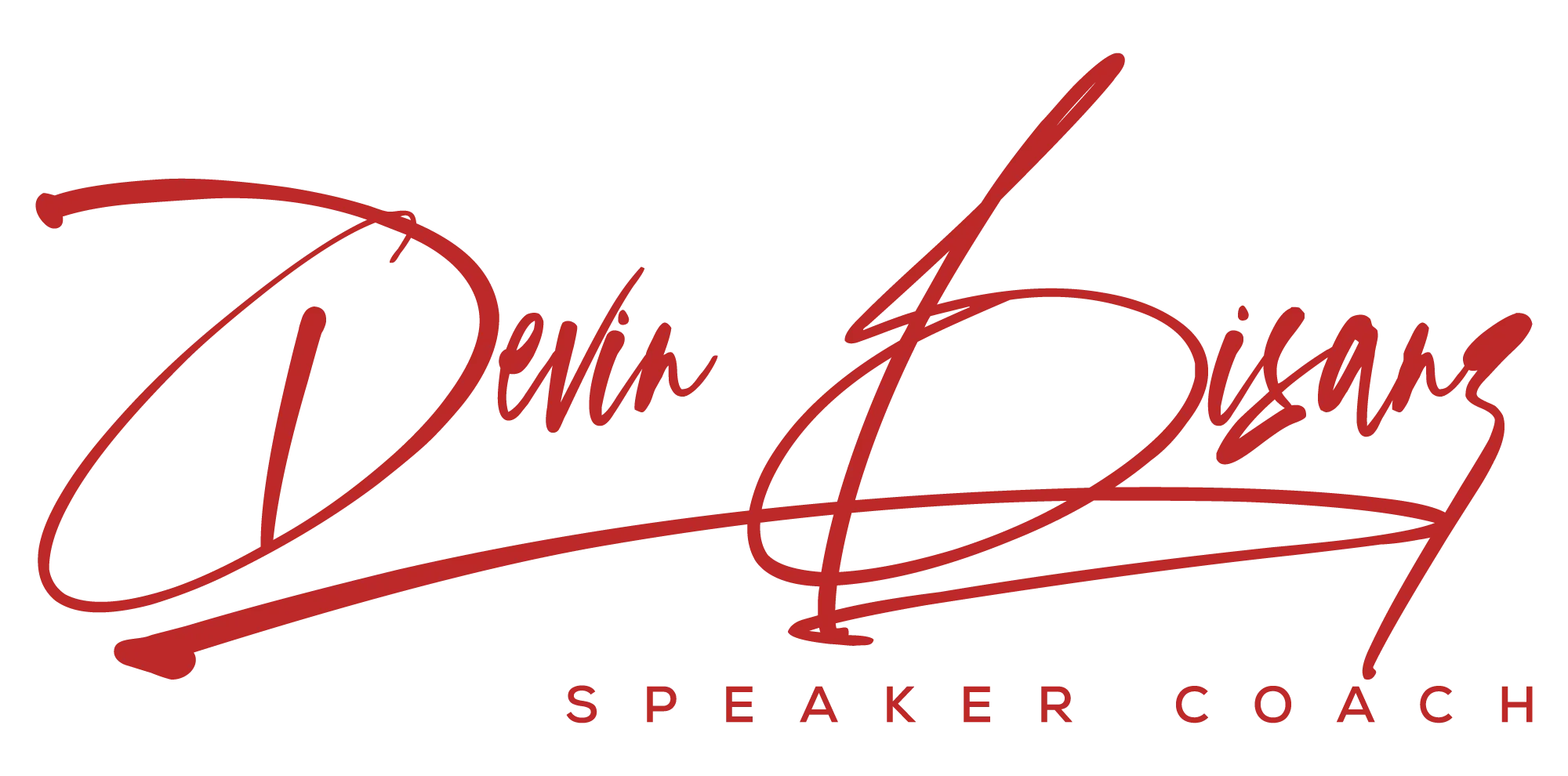Silent Laughter: The Hilarious World of Ali Wong With No Sound
I truly enjoyed watching Ali Wong with the sound off, her facial gestures crack me up!
Let's look at the art of speaking and body language using Ali Wong's stand up for laughs. Along the way we'll learn a little this wonderful speaker.
First
Who Is Ali Wong?
Ali Wong is a stand-up comedian, writer, and actress from the United States. She is known for her hilarious and often raunchy comedy specials, which touch on topics such as motherhood, marriage, and her experiences as an Asian American woman. Wong has released several successful comedy specials on Netflix, including "Baby Cobra" and "Hard Knock Wife," and has also appeared in films and television shows such as "Always Be My Maybe" and "Fresh Off the Boat." Her unique perspective and sharp wit have made her a beloved figure in the comedy world.
Second
5 Little Known Facts About Ali Wong (according to Google)...
- Before becoming a comedian, Ali Wong worked as an Asian American Studies teacher for high school students.
- She is fluent in Vietnamese and credits her mother with teaching her the language.
- Wong had a brief stint as a writer on the television show "Fresh Off the Boat" before focusing on her stand-up career.
- In 2016, Wong gave birth to her first child, a daughter, and filmed her comedy special "Baby Cobra" while seven and a half months pregnant.
- She is a big fan of the television show "The Bachelor" and has been known to reference it in her comedy.
- She's referencing the show "House Hunters," in the video clip I'm sharing.

Third
3 Things We Can Learn By Watching Ali G's Non Verbal Humour...
- Hold the Pose
- Pause For The Win
- It's All In The Face
Number One: Hold the Pose
Power stances, also known as power poses, are postures that are intended to convey confidence and power. Here are some of the benefits:

- Increased confidence: Power stances are designed to make you feel more confident and assertive, which can help you perform better in situations where you need to be assertive or make a good impression.
- Reduced stress: Research has found that power stances can help reduce stress and increase feelings of well-being. This is likely because the postures activate the body's sympathetic nervous system, which can help reduce levels of the stress hormone cortisol.
- Improved body language: Power stances can help improve your body language and make you appear more confident and assertive to others. This can be particularly useful in professional situations such as job interviews or public speaking.
- Increased testosterone: Some studies have found that power stances can increase levels of testosterone (Yeah baby! For me...), which is associated with feelings of confidence and assertiveness.
- Improved performance: Power stances have been shown to improve performance in a variety of tasks, including public speaking, job interviews, and sports.
Power stances can be a useful tool for improving confidence, reducing stress, and enhancing performance in a variety of situations.

Number Two: Pause For The Win
Pausing in public speaking refers to intentionally taking brief moments of silence during a speech or presentation. Here are some benefits of pausing in public speaking:
- Helps you gather your thoughts: Pausing allows you to collect your thoughts and compose yourself before continuing your speech. It gives you a moment to think about what you want to say next and how you want to say it.
- Emphasizes key points: Pausing before or after a key point in your speech can draw attention to it and emphasize its importance. It can also give your audience time to reflect on what you just said.
- Adds dramatic effect: Pausing can create a sense of anticipation or suspense, making your speech more engaging and memorable. It can also give your audience time to absorb what you just said and prepare for what's coming next.
- Helps you control your pace: Pausing can help you slow down and control the pace of your speech. It can prevent you from speaking too quickly or rushing through your presentation.
- Improves audience comprehension: Pausing gives your audience time to process what you just said and understand it more fully. It can also help non-native speakers of your language to catch up with your pace and grasp the meaning.
Pausing in public speaking can help you gather your thoughts, emphasize key points, add dramatic effect, control your pace, and improve audience comprehension. It makes your speech more engaging and effective.

There are different types of pauses that can be used in public speaking, each with its own purpose and effect. Here are some of the most common types of pauses:
- Dramatic pause: This is a deliberate pause used for effect, to create tension or anticipation, or to emphasize a key point. It is usually longer than a normal pause and can be used to create a sense of drama or suspense.
- Reflective pause: This is a brief pause used to give the audience time to reflect on what has just been said. It can be used to emphasize the importance of a point or to allow the audience to catch up with the speaker's pace.
- Transitional pause: This is a short pause used to signal a change in topic or direction. It can be used to prepare the audience for what's coming next or to allow the speaker to gather their thoughts.
- Comedic pause: This is a pause used for comedic effect, to create a sense of timing or to deliver a punchline. It can be used to make the audience laugh or to lighten the mood.
- Filler pause: This is an unintentional pause used to fill a gap in speech while the speaker is thinking or searching for the next word. It is usually a sign of nervousness or lack of preparation and can be distracting for the audience.
- Finish the sentence pause: You start with the few words of a common phrase like... a picture is worth... and then you wait for someone in the audience to finish the sentence.
Are you curious how to use pauses effectively in your next speech? Choose one of the above types and practice it for 24 hours during every conversation you have. For comedy you tell a joke, for sentence finishers you find a bunch of cliche sayings. The best part is that people don't even realize your practicing your craft on them!
Number Three: It's All In The Face
Facial gestures play an important role in nonverbal communication, especially when speaking. Here are some reasons why facial gestures are important in public speaking:
- Expressing emotions: Facial gestures can help express emotions and convey meaning without words. They can help the audience connect with the speaker and understand the message more deeply.
- Enhancing credibility: Facial gestures can enhance the credibility of a speaker by reinforcing their message with nonverbal cues. A sincere smile, for example, can make a speaker appear more trustworthy and likable.
- Keeping the audience engaged: Facial gestures can help keep the audience engaged and interested in the speech. They can add variety and visual interest to the presentation, making it more dynamic and memorable.
- Reinforcing key points: Facial gestures can be used to emphasize key points in the speech. For example, a raised eyebrow or a nod of the head can signal agreement or disagreement, reinforcing the speaker's message.
- Building rapport: Facial gestures can help build rapport and establish a connection with the audience. Eye contact, for example, can make the audience feel seen and heard, creating a sense of intimacy and trust.
Overall, facial gestures can help a speaker express emotions, enhance credibility, keep the audience engaged, reinforce key points, and build rapport. They are an important aspect of effective public speaking and can greatly enhance the impact of a speech.
There are many types of facial gestures that speakers can use to convey meaning and emotion. Here are some of the most common types of facial gestures:
- Eye contact: This is the act of looking directly at the audience. Eye contact can convey confidence, honesty, and engagement. The importance of eye contact in public speaking is to gain RAPPORT; a close and harmonious relationship that makes you influential.
- Smiling: This is the act of curving the lips upward, which can convey warmth, friendliness, and positive emotion. A smile can also help to establish rapport with the audience. You smile, they smile.
- Frowning: This is the act of furrowing the brow and lowering the corners of the mouth, which can convey sadness, disapproval, or concern.
- Raised eyebrows: This is the act of lifting the eyebrows, which can convey surprise, shock, or interest. It can also signal agreement or understanding.
- Nodding: This is the act of moving the head up and down, which can convey agreement, understanding, or encouragement.
- Tilting the head: This is the act of tilting the head to one side, which can convey curiosity, interest, or attentiveness.
- Lip biting: This is the act of biting or pressing the lips together, which can convey anxiety, stress, or uncertainty.
- Tongue clicking: This is the act of clicking the tongue against the roof of the mouth, which can convey disapproval or impatience.
These are just a few examples of the many facial gestures that speakers for powerful presentations. It's important to use facial gestures in a way that is appropriate to the context and consistent with the speaker's message.
In Conclusion
There's a lot more to public speaking then just standing at the front of the room and talking. I think Ali Wong proves that body language often speaks louder than words. Ali's facial gestures, use of pausing, and her body language is a pleasure to watch!!!
